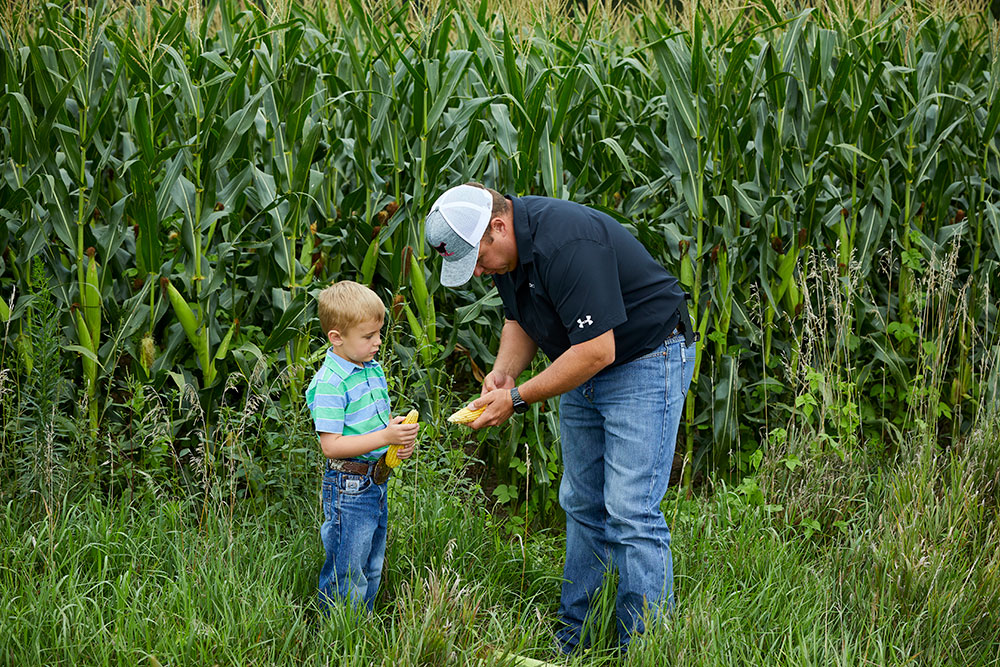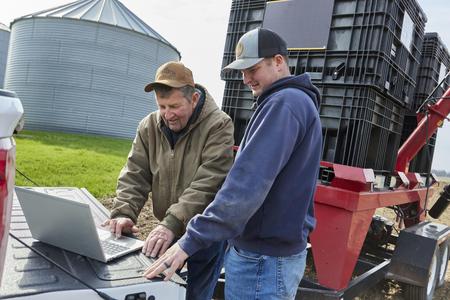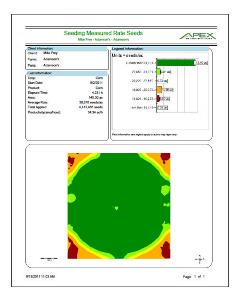Mega Menu
Mega menu is possible in BS5 but we will need to create a custom template layout for the navigation widget. The following is a hard-coded example.

Font Awesome 6
FA6+ icons will work on all widgets.
The FMH Icon box will need a new version created because the styling is broken in Bootstrap 5 templates (this has nothing to do with FA).
FMH Icon Widget
Icons can now be used in Content blocks by pasting the HTML tags from www.fontawesome.com into the HTML editor.
Here are some new icons from Font Awesome 6
face-awesome
envelopes
wheat-awn
Bootstrap Components
Code snippits from http://getbootstrap.com pasted into Content Blocks.
h1. Bootstrap heading
h2. Bootstrap heading
h3. Bootstrap heading
h4. Bootstrap heading
h5. Bootstrap heading
h6. Bootstrap heading
Nav Tabs
Nav Pills
Accordion
.accordion-body, though the transition does limit overflow.
.accordion-body, though the transition does limit overflow.
.accordion-body, though the transition does limit overflow.
Tables
| # | First | Last | Handle |
|---|---|---|---|
| 1 | Mark | Otto | @mdo |
| 2 | Jacob | Thornton | @fat |
| 3 | Larry the Bird | ||
Alerts
Image Carousel
Modals
Sitefinity Widgets
Default, out of the box, Bootstrap 5 templates available for widgets.
The navigation template used above is called Horizontal.
Navigation Widget - Tabs Template
Navigation Widget - Pills Template
Breadcrumb
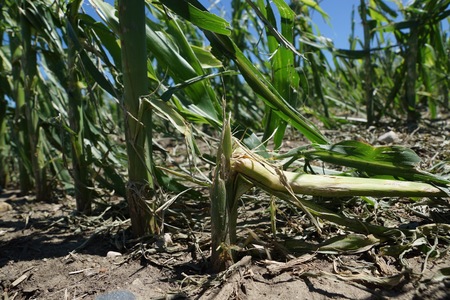
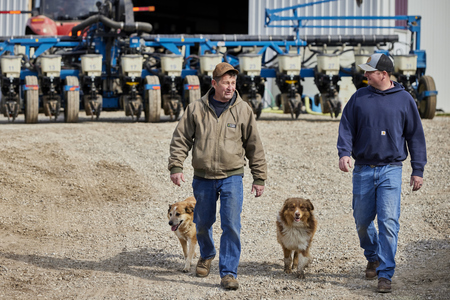
List Widget - Expandable List Template
Precision Claims FAQs
List Widget - Simple List Template
Crop Claims Reminders
-
How To Report MPCI Claims
-
MPCI Claim Reporting Deadlines
-
Appraisals
-
Production Records by Unit
-
Production Delivered to a Commercial Elevator
-
Production From Precision Farming Technology Systems
-
Production Weighed and Farm Stored
-
Authorization for Load Records, Storage Structure Marking, or Combine Monitor Records
-
Fed Production
-
Quality Adjustment
-
What is a Simplified Claim?
-
What can insureds do to expedite the claim process?
List Widget - Anchor List Template
Quality Control Review FAQ
- What can an Insured do to prepare for a review?
- What can Agents do to prepare for a review?
- How does the review process begin?
Quality Control Review FAQ
What can an Insured do to prepare for a review?
Third party documentation (i.e. summary/settlement sheets from the elevator) is required when applicable and available. Insureds are expected to have available hard copy records that will 1) support the total production raised for the crop/county/year being reviewed and 2) that can demonstrate how production was kept separate between various units, practices and types (if applicable).
Insureds will also want make themselves available to meet with the quality control reviewer as the reviews will need to be completed before the claims can be processed.
What can Agents do to prepare for a review?
How does the review process begin?
Documents List - Documents List Template
Documents List - Documents List Template
| Title | Type | Size | |
| 602 KB | DownloadFMHQ Release 2 Guide | ||
| 405 KB | DownloadWFRP Checklist for Agents 2026 | ||
| 504 KB | DownloadWFRP Policy Provisions 2026 | ||
| 3231 KB | DownloadWFRP Handbook 2026 | ||
| 203 KB | DownloadECO_MCO_SCO_Coverage Comparison Flyer |
News Widget - News List Template
News list template is the only template available by default.
USDA Unveils Key New Programs to Help Farmers Manage Risk
WASHINGTON, Sept. 25, 2014 – U.S. Department of Agriculture (USDA) Secretary Tom Vilsack today unveiled highly anticipated new programs to help farmers better manage risk, ushering in one of the most significant reforms to U.S. farm programs in decades.
Vilsack also announced that new tools are now available to help provide farmers the information they need to choose the new safety net program that is right for their business.
"The 2014 Farm Bill represented some of the largest farm policy reforms in decades. One of the Farm Bill's most significant reforms is finally taking effect," said Vilsack. "Farming is one of the riskiest businesses in the world. These new programs help ensure that risk can be effectively managed so that families don't lose farms that have been passed down through generations because of events beyond their control. But unlike the old direct payment program, which paid farmers in good years and bad, these new initiatives are based on market forces and include county – and individual – coverage options. These reforms provide a much more rational approach to helping farmers manage risk."
The new programs, Agricultural Risk Coverage (ARC) and Price Loss Coverage (PLC), are cornerstones of the commodity farm safety net programs in the 2014 Farm Bill, legislation that ended direct payments. Both programs offer farmers protection when market forces cause substantial drops in crop prices and/or revenues. Producers will have through early spring of 2015 to select which program works best for their businesses.
To help farmers choose between ARC and PLC, USDA helped create online tools that allow farmers to enter information about their operation and see projections about what each program will mean for them under possible future scenarios. The new tools are now available at www.fsa.usda.gov/arc-plc.
"We're committed to giving farmers as much information as we can so they can make an informed decision between these programs," said Vilsack. "These resources will help farm owners and producers boil the information down, understand what their options are, and ultimately make the best decision on which choice is right for them. We are very grateful to our partners for their phenomenal work in developing these new tools within a very short time frame."
Starting Monday, Sept. 29, 2014, farm owners may begin visiting their local Farm Service Agency (FSA) offices if they want to update their yield history and/or reallocate base acres, the first step before choosing which new program best serves their risk management needs. Letters sent this summer enabled farm owners and producers to analyze their crop planting history in order to decide whether to keep their base acres or reallocate them according to recent plantings.
The next step in USDA's safety net implementation is scheduled for this winter when all producers on a farm begin making their election, which will remain in effect for 2014-2018 crop years between the options offered by ARC and PLC
Blog Posts Widget - Blog Posts Lists Template
-
Reporting Acreage with FMH Precision Solutions
Many policyholders already collect precision ag data during planting. Put that data to work to report acreage for crop insurance with FMH Precision Solutions.Full story -
Prepping Your Customers for Planting with Precision
Help your farmers use the precision data they're already collecting to simplify planting and reporting this spring.Full story -
Q&A with an FMH Precision Tech Specialist
Learn how our expert staff supports agents getting started with Precision SolutionsFull story -
Traditional vs. Precision Claims: What Are the Differences?
Oct 16, 2023, 14:01 by Eric RicheLearn how Precision Solutions can lead to simplified claims and easier APH reviews for your customers.Full story -
See How Precision Solutions Saves Premium and Improves APH
See the difference with examples from our recent FieldView™ Partner Connect webinar.Full story
